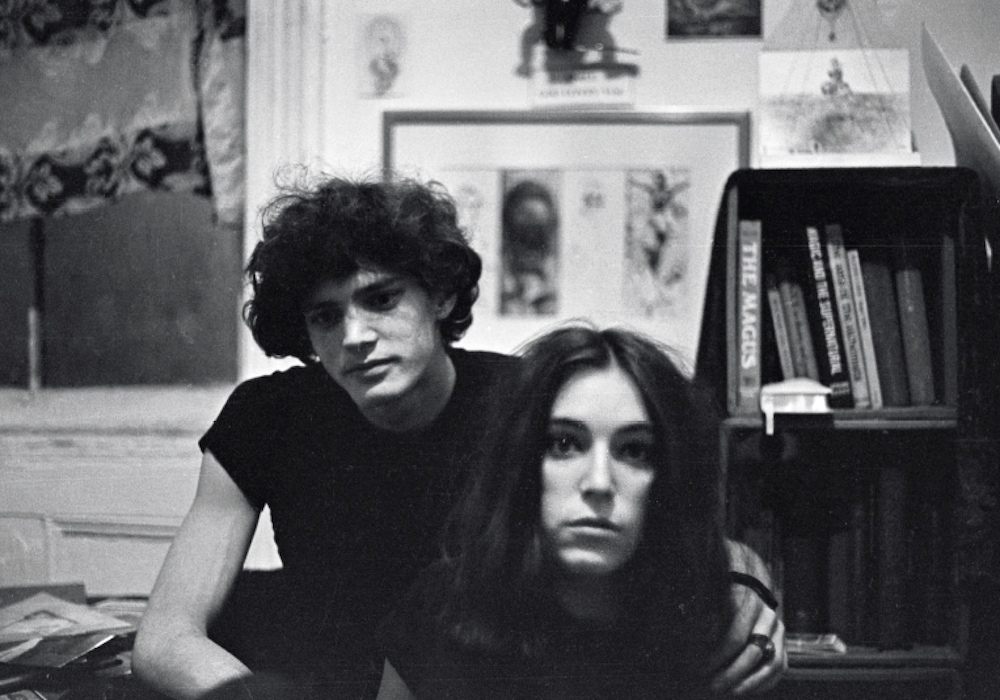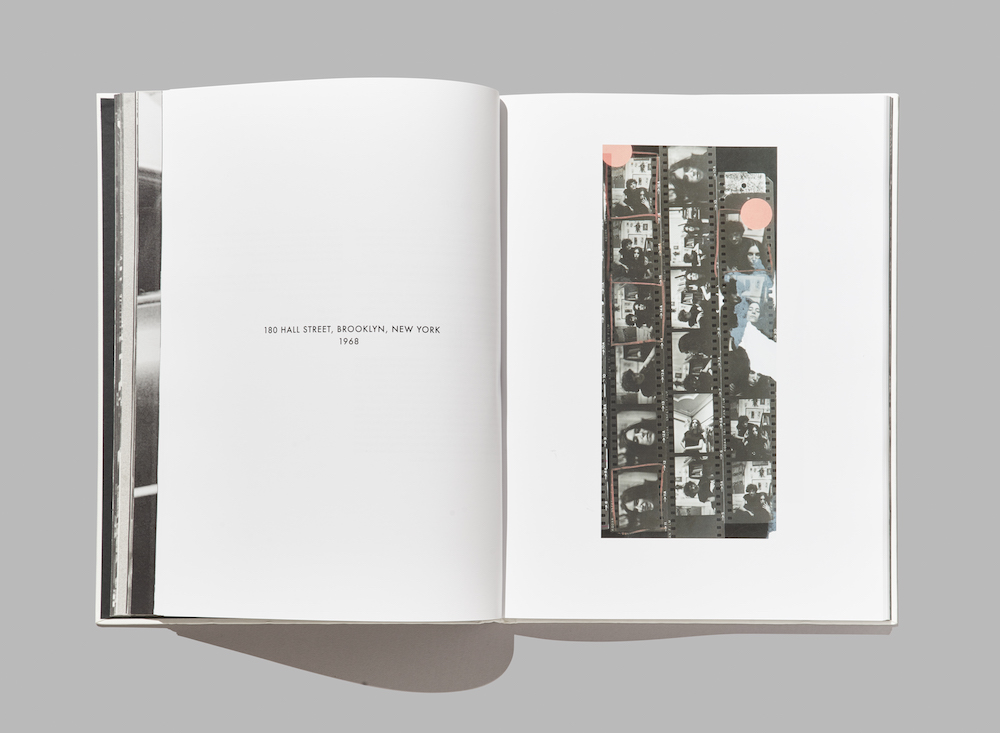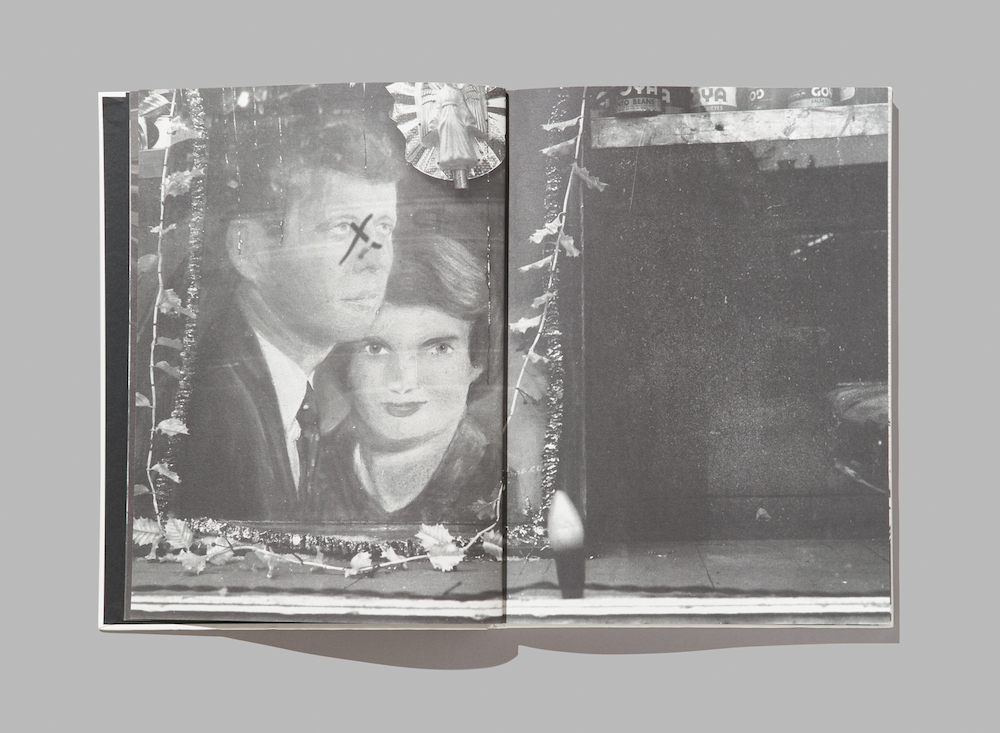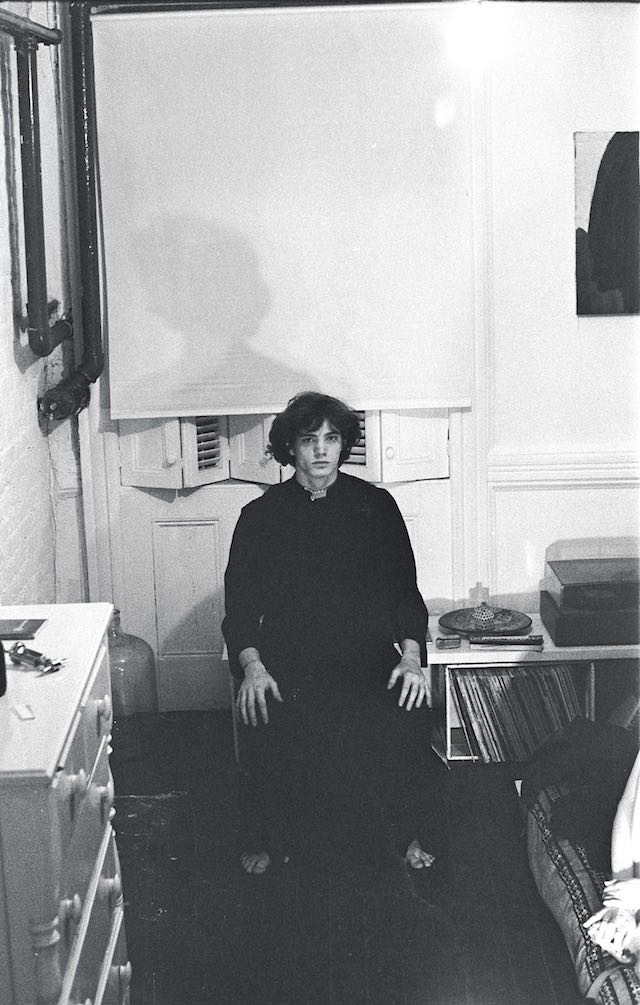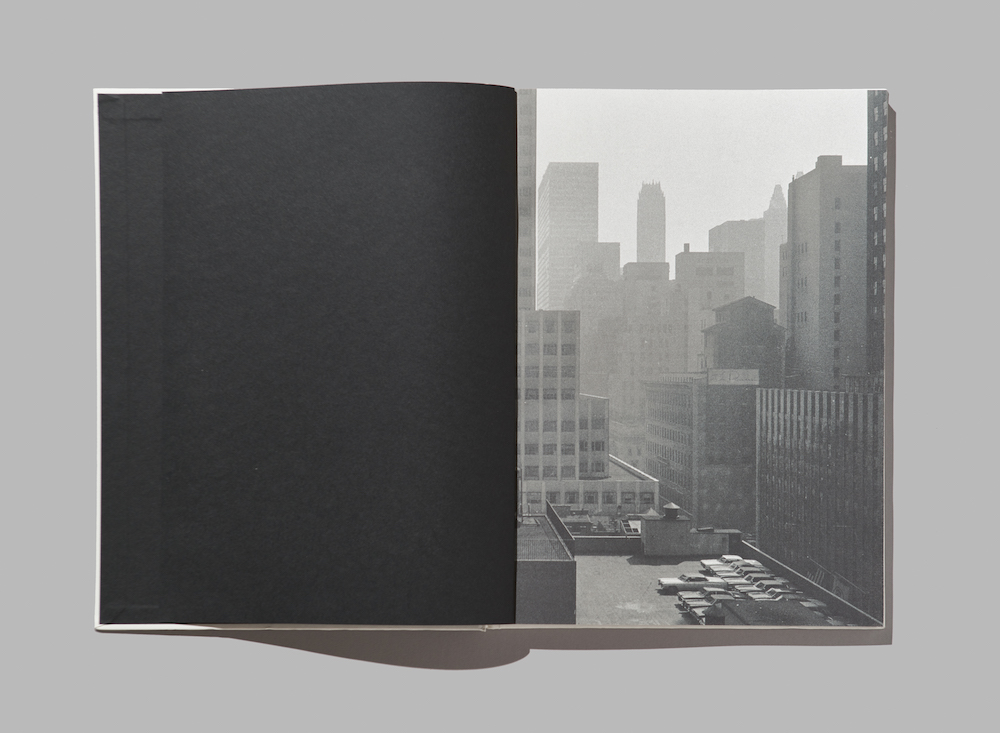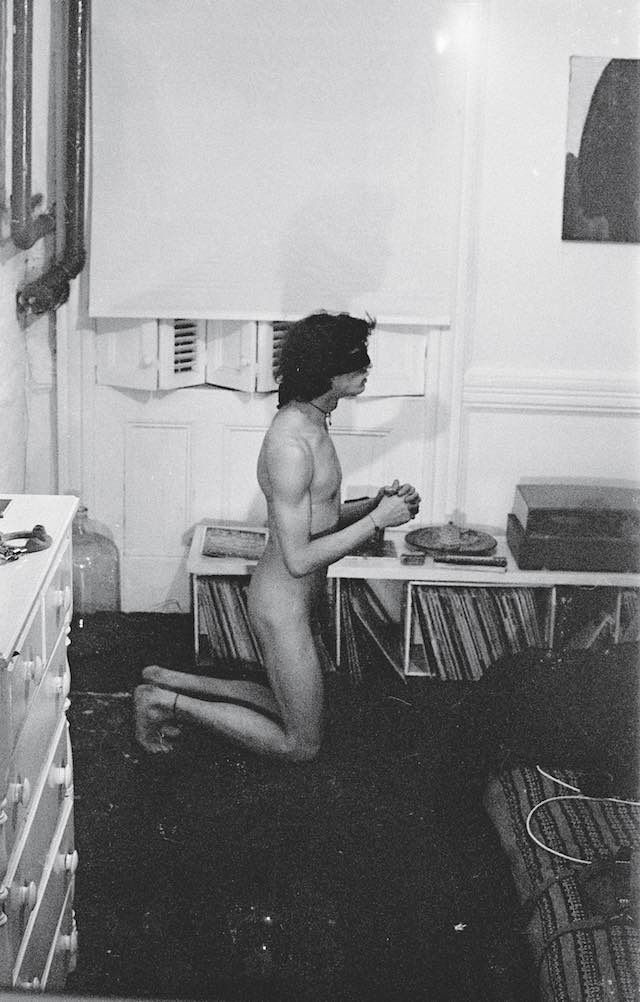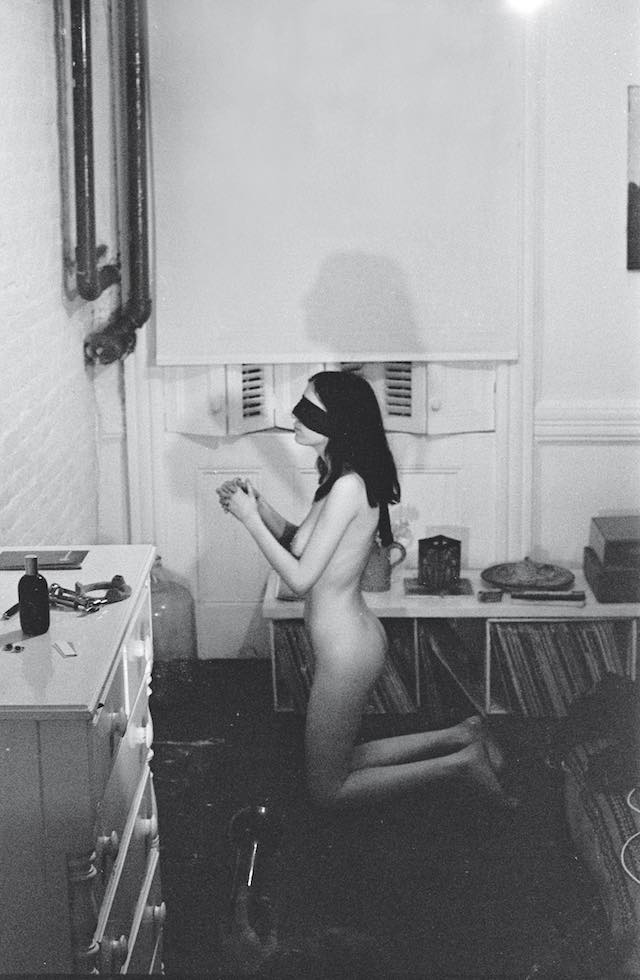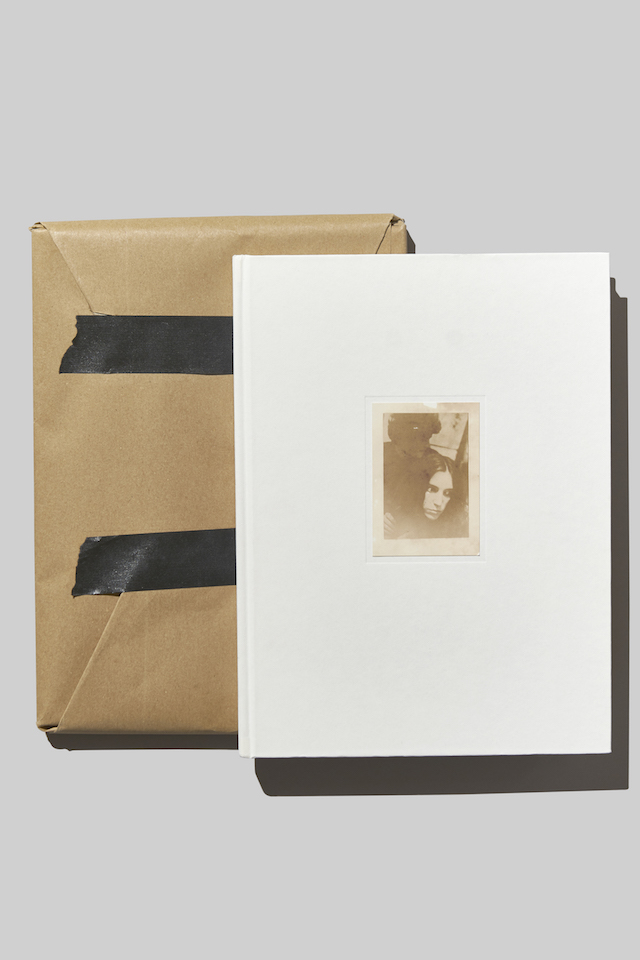Their most personal project to date, Jess T. Dugan’s new book lenses topics of identity, desire and connection

Jess T. Dugan’s new book is their most personal yet. Entitled Look at me like you love me and published by Mack, this new body of work is part of an ongoing, long-term portraiture project that sees the photographer explore themes such as identity, gender and sexuality. An enduring and empowering subject, Jess has carved a career making intimate pictures of topics that they hold closely; they draw from their own experience as a queer, non-binary person and therefore strive to understand and connect with others through their work. Jess has resultantly been exhibited widely across 40 museums in the US, and their previous monographs include To Survive on This Shore: Photographs and Interviews with Transgender and Gender Nonconforming Older Adults, and Every Breath We Drew.
In this new publication, Jess has combed 60 shots of friends, loved ones and self-portraits with their own written texts. “It’s representative of what I’m thinking about right now,” they tell me. Having worked on the project throughout 2021 – a difficult year to say the least – Jess has succeeded in making the “strongest and most of-the-moment book” they could. It’s a record of their own life – stories about themselves and the things that they have experienced. Below, Jess discusses this impactful collection, what desire means to them and the importance of being seen.

This book is what you refer to as a “deeper exploration” of your work. What does this mean exactly?
I think a lot of it is where I am in my life: I’m 35, I have a child and I’m thinking about things differently than when I was in my 20s. I’m grappling with some larger questions about living a meaningful life, how to live authentically, how to relate to other people and these questions of desire. I think the book centres around the power of seeing someone and also letting yourself be seen, and how that act of being seen can validate your own internal identity.
There’s definitely a theme of desire throughout the book, and that appears in the photographs as well as the texts. I think about desire in a more expansive way – the desire for someone, the desire to be close to someone, the desire to be in relationship with other people, the desire to be part of a community, the desire to see yourself reflected in someone else, and that complicated interaction that happens between photographer and subject. Both the portraits and the texts are highly personal.

I’d love to hear more about your subjects – your friends and your loved ones.
This body of work as a whole are people that I know really well. Some of them I met because I was interested in them; it allows us to begin a relationship both as a photographer and subject, and also as friends. Sometimes the act of photographing someone allows them to become a friend, and that’s something that I value about what I do. For me, photographing is the way that I connect with other people on a meaningful level. It’s hard for me to separate my work from my personal life, and this book is perhaps the most obvious example of that – how it’s folded together.
There are some people in the book who I have known and photographed many times over a period of years. There’s someone named Collin, who appears quite regularly in the book, and he and I met in 2017. He’s also a photographer, and I was visiting a class that he was in and just immediately felt drawn to him – I asked if he would let me photograph him. We started this relationship where we worked together many times over a period of several years. Each photoshoot, we were able to go to an even deeper level, emotionally and psychologically.

There’s another person named Oskar, who I photographed several times over a period of many years. Oskar and someone else named Zach are the two on the cover of the book. I was interested in his particular identity and gender presentation. One thing I have been very interested in for a long time is a more gentle and nuanced and complex version of masculinity, so I’m often seeking people out who exist in that space. I’m also aware that it’s a space that I myself exist in, and I’ve had to very actively define my own gender, my own masculinity; it’s something that I view as a more gentle version of masculinity than the one in the mainstream culture. I’m often seeking that in other people as well; I’m interested in how we can mirror each other.
The book also includes several images of my partner, Vanessa, and there are five self-portraits in the book. Other people are friends who, in some cases, I’ve known for a really long time. In others, they’re newer friends. A lot of the people in the book – not all of them – are part of my community here in St. Louis, where I live. They’re close friends, people that I spend time with. They’re people that I’ve photographed over a period of several years and gotten to know on a deeper level, both as friends and as as subjects.

Your work appears like a form of catharsis, does this book feel like an emotional release for you?
I do think so. I have definitely always used my work to understand myself and make sense of my life and the world around me. That has been true since the very beginning. I made a video piece in 2017 about my estranged relationship with my father and, at that time, I think that was the most cathartic piece I had made and it was also really personal. It was also the first time that I had a text overlay with images. So in a way, I feel like that piece is in dialogue with this book.
The photographs are mostly from the past three or four years, and the texts were all written in 2021, between March and September. I think it feels very much of this moment. I do think the pandemic changed me as both a person and an artist, and made me think more urgently – or I should say even more urgently – about the importance of connection to other people and the need to live authentically and in a way that’s present and alive. I assume this happened for a lot of people, but those things were amplified for me. I think the texts are also coming out of this place where the urgency of relationships and the urgency of living authentically feels at the forefront of my mind, and that certainly influenced this book.
Look at me like you love me (2022) by Jess T. Dugan published by MACK



